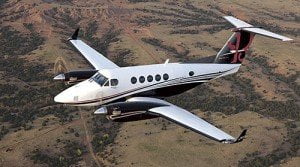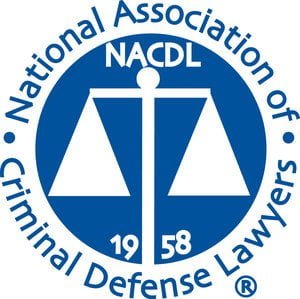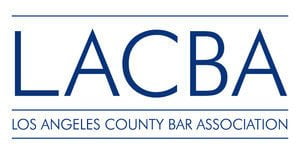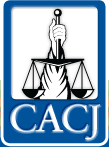Private (Part 91) vs. Commercial (Part 135) flight operations
If you are a licensed pilot, you’ve definitely heard about and have been tested on the differences between Part 91 and Part 135 flight operations under FAA regulations. But just the same, many pilots have been tripped up by these rules, crossed the line from private to commercial operations, and have been hit with FAA sanctions as a result.

The consequences of unauthorized Part 135 operations can be severe, up to and including loss of your license. Don’t make a mistake that puts your love of flying at risk.
If you’re a licensed pilot, you’re undoubtedly familiar with the terms Part 91 and Part 135. In accordance with the regulations of the Federal Aeronautics Administration (FAA), a Part 91 operator (pilot) is involved with private operations, whereas Part 135 operator rules govern certain flights of a commercial nature.
What are Part 135 commercial operations?
Part 135 rules apply to operations such as non-scheduled charters or air taxis, but not regularly scheduled flights, which are covered under a separate regulation. Pilots operating under Part 135 have much higher safety requirements vs. Part 91 pilots, and also must follow much stricter and more detailed operational requirements. A Part 135 pilot also receives much more training than a private pilot.
Crossing the line between Part 91 and Part 135 – flying for hire
So, what happens when a pilot crosses over the line from operating under Part 91 to Part 135 without authorization? Take for example, a pilot who has a commercial certificate and a Class II medical, but doesn’t have a Part 135 certificate. That pilot may not legally fly cargo or passengers “for compensation or hire.”
While the meaning of “compensation or hire” might seem self-apparent, the actual definition is quite broad and may include some scenarios that wouldn’t seem as if they fall into this category. For example, the pilot may offer his services for free, but if the aircraft rental charge is paid only by the passenger(s), that flight would be governed under Part 135 regulations.
Sharing expenses under Part 91
One potential area of confusion involves sharing the expenses of a flight. If a pilot shares in the expenses of a flight along with the passengers, the flight operation may be carried out under Part 91 regulations. But it is important to understand the full implications of this provision. A private pilot cannot pay less than the pro rata share of the operating expenses of a flight carrying passengers who are also bearing a share of the expenses.
In other words, if the pilot carries three passengers, he must bear at least 25% of the expenses. If one of the other passengers is not paying a share, the pilot would then need to bear one-third of the expenses. In addition, the expenses can only include fuel, oil, airport expenditures (such as landing fees or tie down fees), or aircraft rental fees.
FAA penalties for unauthorized Part 135 operations
FAA sanctions for infractions involving an unlicensed Part 135 operation can be quite harsh and it is important for pilots to know what they face should they break these rules. The FAA uses a Sanctions Guidance Table for determining what disciplinary actions should be taken against pilots for violations. The current sanction for flying for compensation or hire while not in possession of a commercial pilot certificate is listed as “180-day suspension to termination,” meaning a pilot could potentially lose his license for this infraction.
Insurance implications of improper Part 135 flights
In addition, a private pilot who disregards Part 91 vs. Part 135 regulations and operates commercially risks losing the protection of their insurance coverage. Insurance charge different rates according to risk and premiums for Part 135 operations are accordingly higher. Insurance providers take a dim view of customers helping themselves to discounts by misrepresenting important material facts, like how they intend to operate an aircraft. If a pilot licensed only for Part 91 operations is involved in an incident or accident while flying for compensation or hire, their insurance policy is likely to be voided and any claims denied.
Understand and respect the differences of Part 91 vs. Part 135
It is imperative that all pilots understand FAA Part 91 and Part 135 regulations and strictly adhere to them. No matter how experienced a pilot you might be, an infraction of these rules could result in losing your ability to fly, along with enormous financial liability.









